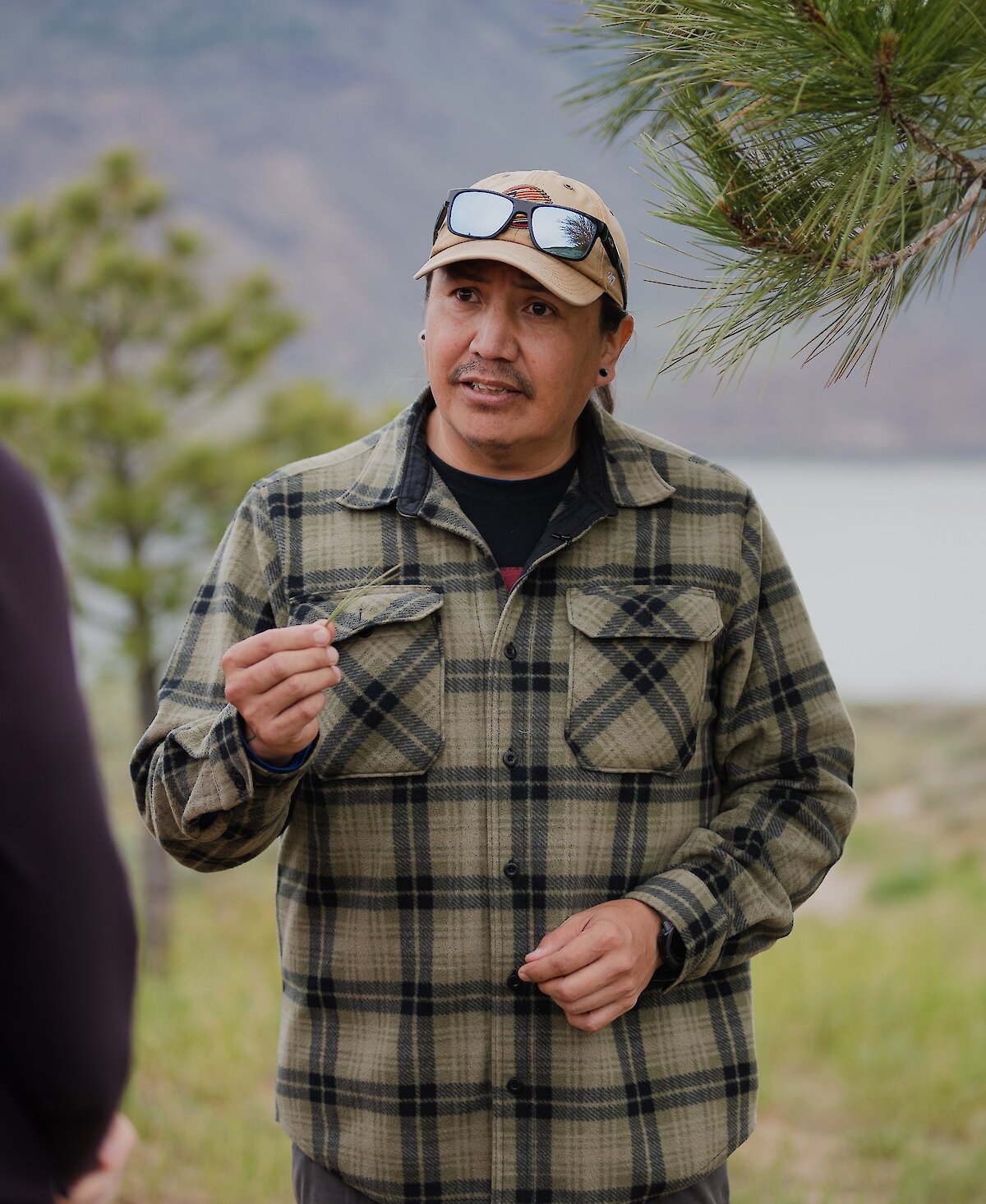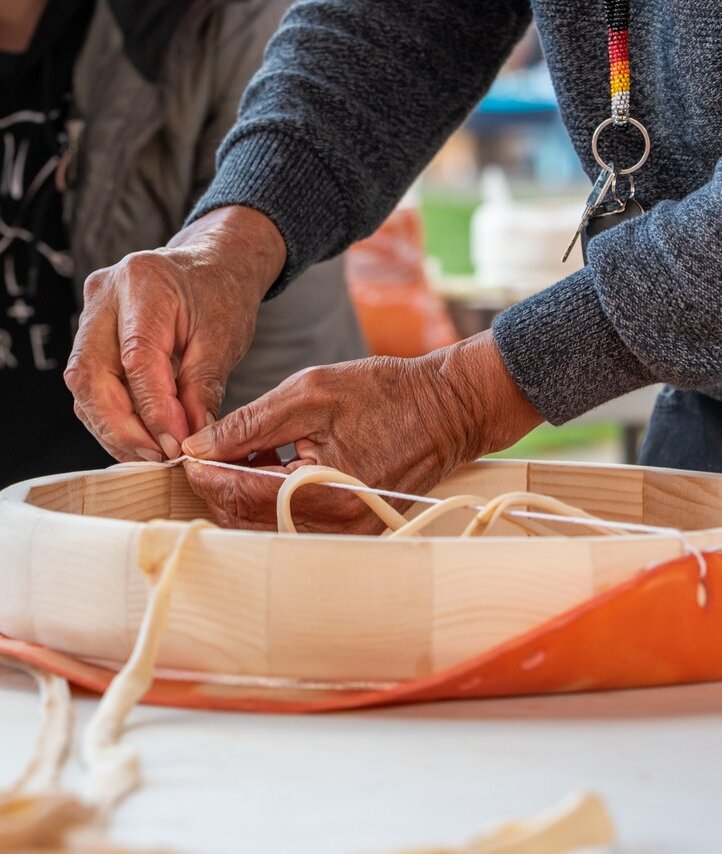Tk'emlúps te Secwépemc

Tk̓emlúps te Secwépemc
Tamra Jaeger
Weyt-kp
Hello (to many)
Kamloops is located on the ancestral territory of Tk̓emlúps te Secwépemc. Since time immemorial, they have been caretakers and stewards of these living lands. You as a guest, are invited to enjoy this region, with its sage-scented grasslands and rushing rivers. Traverse this remarkable area and let Tk̓emlúps te Secwépemc’s unity, cultural preservation, and stories of resilience guide your journey.
Take the time to respectfully learn about their diverse history and contemporary culture. You will come to understand and acknowledge the complexity of their narrative—one with many peaks and valleys that has shaped Tk̓emlúps te Secwépemc’s values of tradition and innovation.

TSN

Kamloops Indian Residential School
TNRD/Kelly Funk
Impacts of colonialism
Settlers have been present in the area since the early-1800s and their impacts are still felt today. The Kamloops Indian Residential School and related Indian schools have been present in the region from 1890-1977. The Kamloops Indian Residential School was the largest residential school in the country and housed over 500 students from Western Canada. It still stands today as a reminder of generations that have been affected by colonialism, and a symbol of Indigenous Peoples’ strength and commitment to healing. Learn the truth and history of these schools in Canada.

@miguel.ports
Secwepemctsín, the language of the land
The language of Tk̓emlúps te Secwépemc and the additional 16 Secwépemc Bands is Secwepemctsín. It is a sacred connection to their land, community, history, and culture. Oral teachings have been passed down through generations for thousands of years. Preserving Secwepemctsín is part of revitalizing their cultural identity. Their vision is to have this language widely spoken within their community and throughout Secwepemcúl̓ecw (Secwépemc Territory). Honour this gift of language by learning a few words yourself.


Kamloopa Powwow
TNRD/Mary Putnam
Connect with culture, cuisine, and art
Participate in Indigenous experiences to better understand and embrace Tk'emlupsemcúl̓ecw (Tk̓emlúpsemc Territory). From the vibrant events to artisan markets and modern Indigenous cuisine, there are many ways to connect with Tk̓emlúps te Secwépemc and learn their stories. Kamloopa Powwow, one of the largest celebrations of Indigenous culture and heritage in Western Canada, takes place each summer at the Tk̓emlúps Powwow Arbour. Experience Indigenous drumming, singing, dancing, art, and food, representing many Nations and Tribes from across North America.




